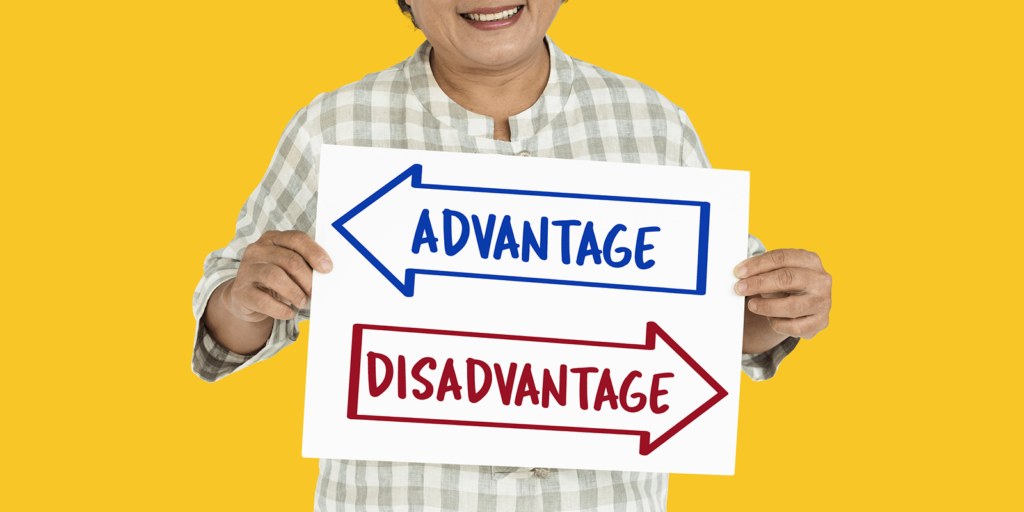by Dr Ciara McCabe, Director of Outreach and the Reading Scholars Programme in Psychology at the University of Reading.

University graduates on average earn more money over their lifetime, spend less time in unemployment and even live longer than their non-university educated peers [1-3]. Therefore the Office for students states that ‘All students, from all backgrounds, with the ability and desire to undertake higher education, should be supported to access, succeed in, and progress from higher education’ [4]. Data taken from the 2020 Universities and Colleges Admissions Service (UCAS a UK-based organisation that operates the application process for British universities) reports that those with low socio-economic backgrounds, with a disability, mature students, care leavers and ethnic minorities, are all underrepresented at UK universities [5].
Outreach and widening participation work aims to close this gap by increasing applications from those considered most disadvantaged in society. In line with this, the University of Reading has outlined in its 5-year plan (2020/21 to 2024/5) that access for full-time first-degree entrants from disadvantaged backgrounds is their main focus.

Previous studies have tried to explain the student experience in those that are underrepresented in higher education but this has been mostly at the undergraduate and postgraduate level[6-10]. Less studies have focused on access to university for those in disadvantaged groups. One large survey ran by UCAS in 2016 on 16,000 UK domiciled applicants found that many students worry about financial implications of attending university and that advantaged students worried more about “fitting in”. Also disadvantaged students worried more about practical things like transport and accommodation [11]. The study also found that more advantaged than disadvantaged applicants said that ‘nowadays, almost everyone goes to university’. Applicants also reported limited access to widening participation programmes in general. There is much less qualitative data on the views of disadvantaged young people about university and even less, about how this might differ between ethnicities.

Therefore, we set out to examine views on access through the Reading Scholars Programme, a Widening participation programme for year 12 students at the University of Reading[12]. The programme aims to increase the number of university applications from disadvantaged students (Read the full selection criteria for the programme). As part of a scholars Psychology research project, we asked students about their views on university access and examined if this differed by ethnicity.
We found that Black, Asian, ethnic minorities (BAME) and White adolescents reported similar barriers (financial worries) and facilitators (getting a good qualification) to applying to University. However, there were some differences for example BAME participants stated that ‘having no choice’ was a reason they would apply to university while White participants did not mention this. When asked about studying close by or far away ~60% of BAME students said they would prefer to study close by, compared to 46% of White participants. Plus, only BAME students mentioned studying close by because of financial reasons.
This work extends previous studies by reporting the differences between disadvantaged students by ethnicity. Knowing how underrepresented groups differ in their views on the barriers and facilitators to university entry can help us to develop more targeted outreach and widening participation activities.
This blog refers to:
McCabe C, Keast, K and Kaya, SM. Barriers and Facilitators to University Access in Disadvantaged UK Adolescents by Ethnicity: A Qualitative study. Under Review.
Psychology and Clinical Language Sciences, Whiteknights campus, Global Recruitment and Admissions Advancement Group, London Road Campus, University of Reading, Reading.
References:
-
Hummer, R.A. and E.M. Hernandez, The Effect of Educational Attainment on Adult Mortality in the United States. Popul Bull, 2013. 68(1): p. 1-16.
-
Krueger, P.M., I.A. Dehry, and V.W. Chang, The Economic Value of Education for Longer Lives and Reduced Disability. Milbank Q, 2019. 97(1): p. 48-73.
-
Pfeffer, F.T., Growing Wealth Gaps in Education. Demography, 2018. 55(3): p. 1033-1068.
-
Office for Students (OFS), Securing student success: Regulatory framework for higher education in England. 2018.
-
Universities and Colleges Admissions Service (UCAS), 15th January Deadline Analysis. 2020.
-
Morrison, N., M. Machado, and C. Blackburn, Student perspectives on barriers to performance for black and minority ethnic graduate-entry medical students: a qualitative study in a West Midlands medical school. BMJ open, 2019. 9(11).
-
Stegers‐Jager, K.M., et al., Ethnic disparities in undergraduate pre‐clinical and clinical performance. Medical education, 2012. 46(6): p. 575-585.
-
Lynam, S., et al., The experiences of postgraduate research students from Black, Asian and minority ethnic background: an exploratory study. 2019.
-
Woolf, K., et al., Perceived causes of differential attainment in UK postgraduate medical training: a national qualitative study. BMJ open, 2016. 6(11).
-
Woolf, K., et al., The mediators of minority ethnic underperformance in final medical school examinations. British Journal of Educational Psychology, 2013. 83(1): p. 135-159.
-
Universities and Colleges Admissions Service, Through the lens of students: how perceptions of higher education influence applicants’ choices. 2016.
-
University of Reading, The Reading Scholars Programme, in https://www.reading.ac.uk/web/files/ta/Reading_Scholars_Yr12_Brochure_2021.pdf. 2020.
Images sourced from:
https://www.flexjobs.com/blog/post/advantages-disadvantages-remote-jobs/
https://www.rawpixel.com/image/140559/premium-photo-image-college-students-group-study-academic





